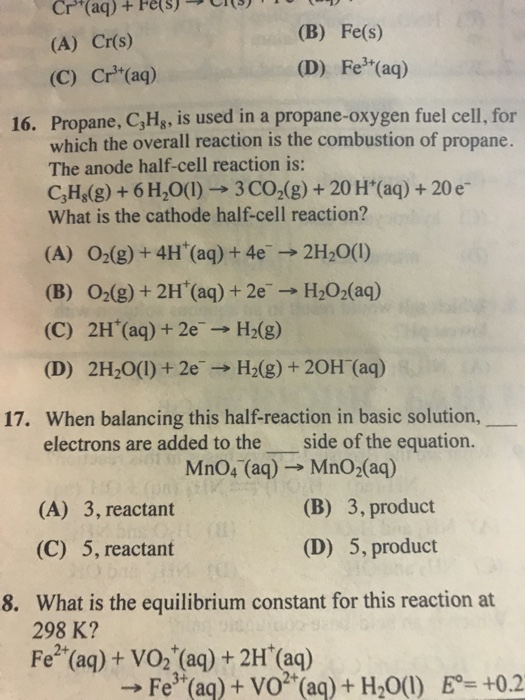Fuel cells are different from most batteries in requiring a continuous source of fuel and oxygen usually from air to sustain the chemical reaction whereas in a battery the chemical energy usually comes.
Propane fuel cell reaction.
Advantages of this class of fuel cells include high combined heat and power efficiency long term stability fuel flexibility low emissions and.
The reaction drives a current and releases protons that then interact with oxygen at the cathode to produce water.
The emissions are water carbon dioxide with the result being higher efficiency minimal noise and safer emissions.
6 2 the mcfc principle.
Propane is used for patio heaters hot tub heaters furnaces ect.
Propane is used as fuel in furnaces for heat in cooking as a energy source for water heaters laundry dryers barbecues and portable stoves.
Atrex solid oxide fuel cells have been discontinued and are no longer available for sale.
The mcfc has the most complex fuel cell reaction of all the cells available commercially.
Paul breeze in fuel cells 2017.
High temperature polymer electrode membrane fuel cells that use hydrocarbon as the fuel have many theoretical advantages over those that use hydrogen.
For example nonprecious metal catalysts can replace platinum.
Researchers developed a low temperature direct methane fuel cell in 1962.
Please visit our sunfire solid oxide fuel cells page for information on these propane natural gas fuel cells.
A solid oxide fuel cell or sofc is an electrochemical conversion device that produces electricity directly from oxidizing a fuel.
The ultimate products of this reaction are carbon dioxide and hydrogen.
The methane smr reaction takes place at temperatures of 750 c to 950 c but propane can be reformed to hydrogen at 200 c to 350 c.
With only one step a fuel cell directly converts fuel into usable electricity and heat through a chemical reaction.
The electrolyte is a mixture of alkali metal carbonates typically 62 lithium carbonate and 38 potassium carbonate by molecular proportions a eutectic 1 which melts at 550 c which is heated to between 600 c and 1000 c and in its molten state.
A fuel cell is an electrochemical cell that converts the chemical energy of a fuel often hydrogen and an oxidizing agent often oxygen into electricity through a pair of redox reactions.
Fuel cells are characterized by their electrolyte material.
In this work two of the four propane fuel cell reactions propane dehydrogenation and water dissociation were examined using nickel alloy catalysts.
The use of propane fuel in high temperature 120 c polymer electrolyte membrane pem fuel cells that do not require a platinum group metal catalyst is being investigated in our laboratory.
The sofc has a solid oxide or ceramic electrolyte.
Like methane propane can be steam reformed albeit at milder temperatures.










